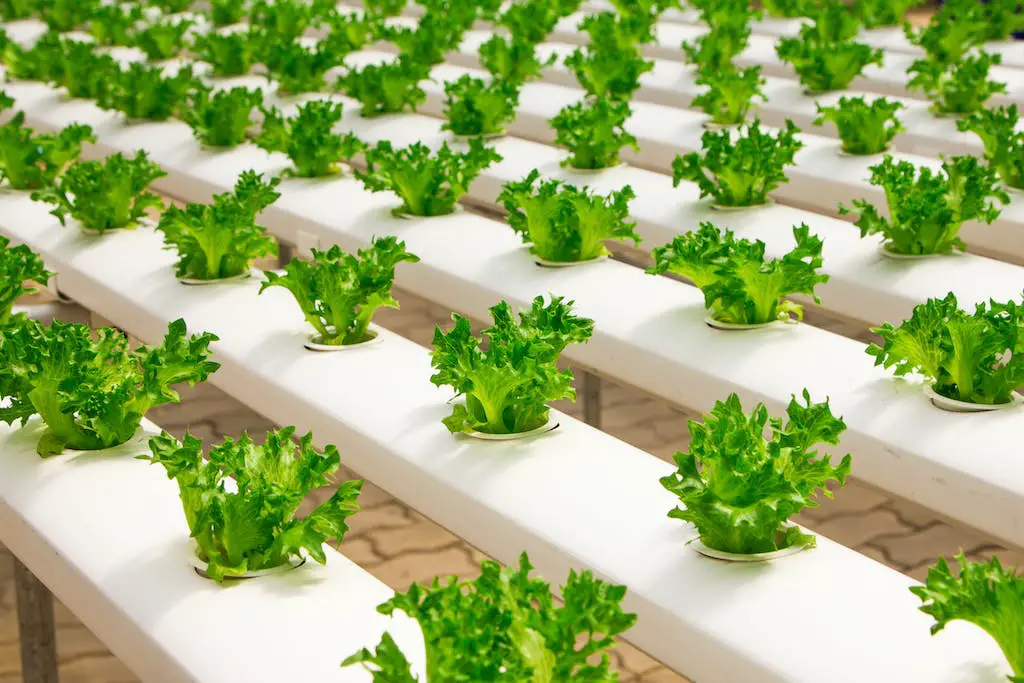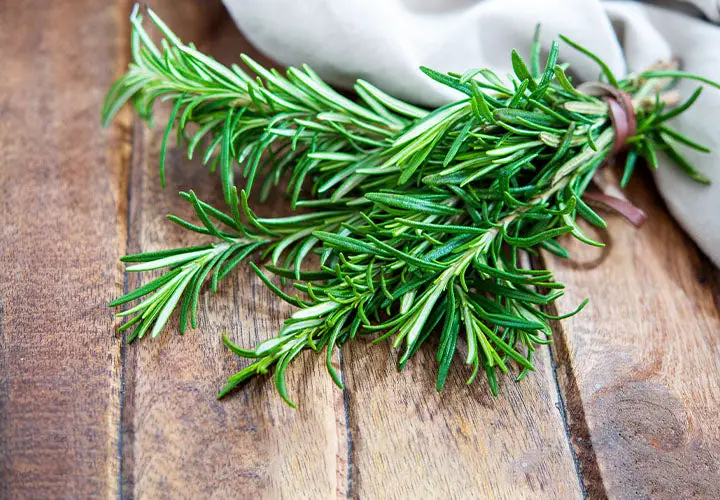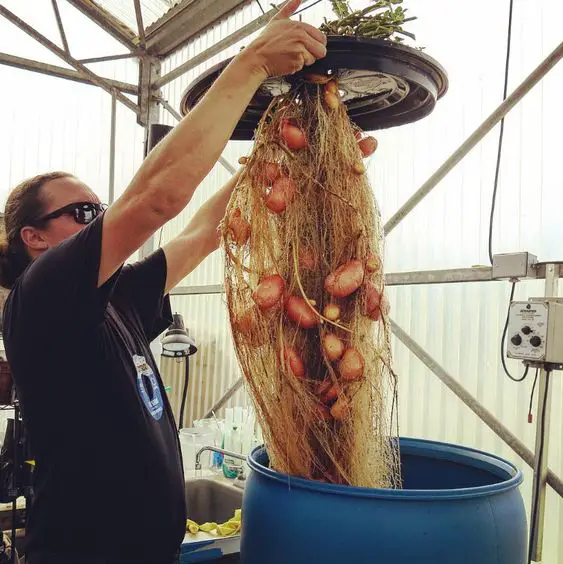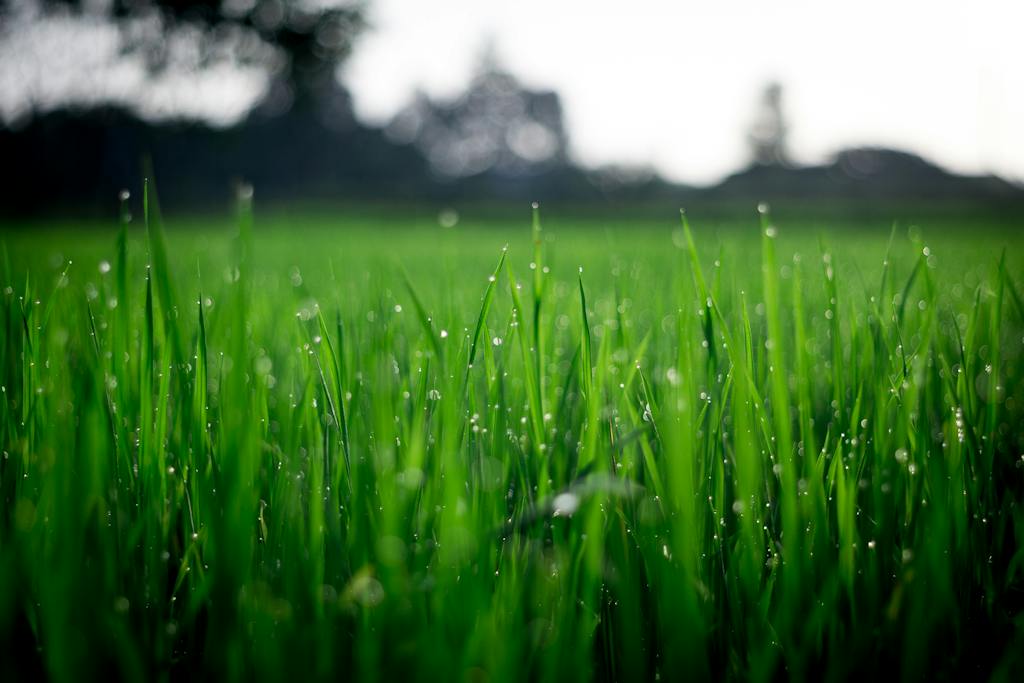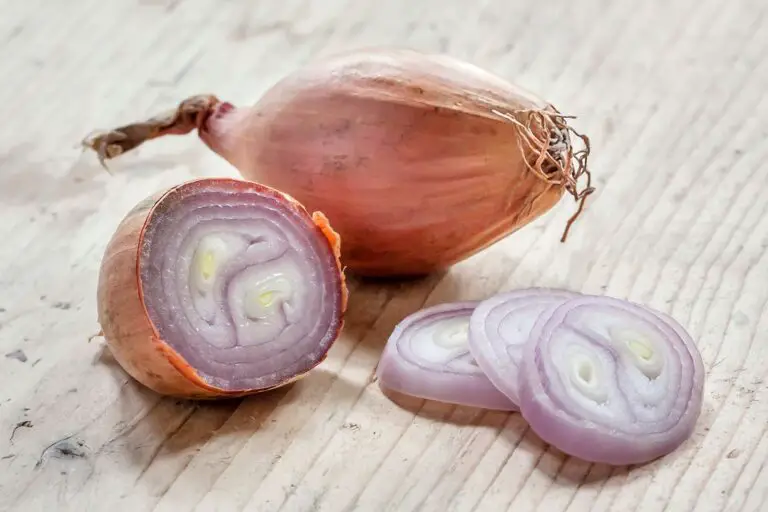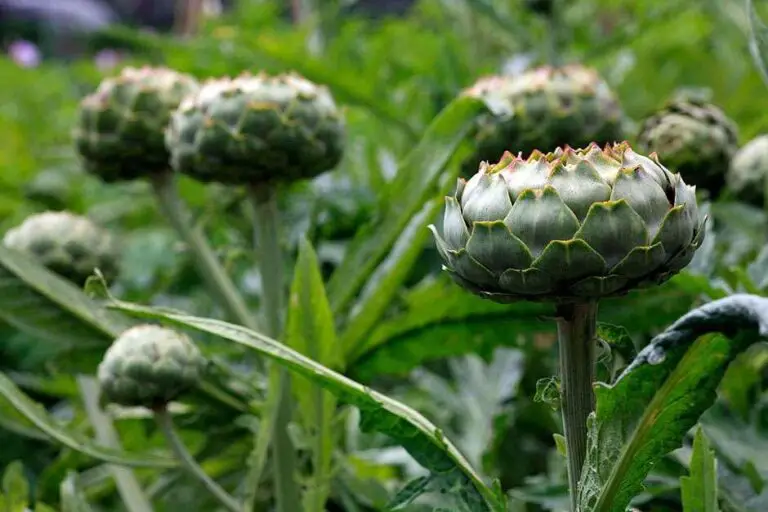How to Avoid Over or Underwatering Your Hydroponic Plants: 10 Effective Strategies
Table of Contents
Understanding the Importance of Proper Watering in Hydroponics
Proper watering is an essential element in the successful cultivation of hydroponic plants. Unlike traditional soil-based gardening, hydroponics relies on a water-based system to deliver nutrients directly to the plant roots. Understanding the importance of proper watering methods is crucial to ensure optimal growth and development of hydroponic plants.
One of the primary reasons why proper watering is critical in hydroponics is the direct impact it has on nutrient absorption. Hydroponic systems provide a controlled environment where plants receive precisely the right amount of water and nutrients they need to thrive. Overwatering or underwatering can disrupt this delicate balance, leading to nutrient deficiencies or excesses that can harm the plants.
Maintaining a consistent and balanced moisture level around the plant roots is also crucial for oxygen availability. In hydroponic systems, the roots are submerged in a nutrient solution that provides both essential elements and oxygen. However, excessive watering can limit the amount of oxygen reaching the roots, leading to oxygen deprivation and root rot. On the other hand, underwatering can cause the roots to dry out and impede nutrient uptake.
Proper watering practices ensure that plants receive optimum hydration, oxygenation, and nutrient absorption, contributing to their overall health and productivity. By understanding the importance of proper watering methods in hydroponics, gardeners can create an ideal environment for their plants to flourish. In the following sections, we will explore the impact of overwatering and underwatering, as well as strategies for preventing these issues in hydroponic systems.
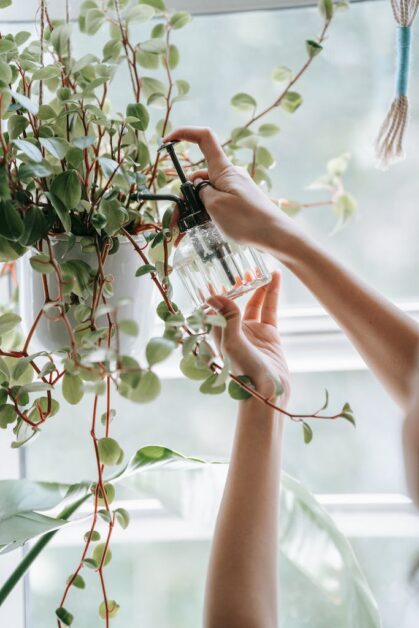
The Impact of Overwatering on Hydroponic Plants
Overwatering is a common issue that can have detrimental effects on hydroponic plants. When the roots of plants are constantly saturated with water, it can lead to a lack of oxygen in the root zone. This lack of oxygen impedes the plant’s ability to take up nutrients and can result in root rot. As a result, the overall health and vigor of the plants are compromised.
In addition to root rot, overwatering can also lead to nutrient imbalances. When the excess water is not properly drained, it can cause essential nutrients to be leached away from the root zone. This can result in deficiencies in vital elements such as nitrogen, potassium, and calcium. These nutrient imbalances can manifest in various ways, such as stunted growth, yellowing leaves, and poor fruit or flower production.
It is crucial for hydroponic growers to understand the negative impact of overwatering on plants. By implementing proper watering techniques and ensuring adequate drainage, growers can prevent these issues and promote optimal plant health and productivity.
Recognizing the Signs of Overwatering in Hydroponic Systems
Effective hydroponic cultivation requires careful attention to the watering needs of plants. Overwatering, in particular, can have detrimental effects on the health and growth of hydroponic systems. Recognizing the signs of overwatering is crucial in preventing damage and ensuring optimal plant growth.
One of the telltale signs of overwatering in hydroponic systems is the appearance of yellowing leaves. When plants receive excess water, their root systems are deprived of oxygen, leading to root rot. As a result, the leaves may become yellow, wilted, and even fall off prematurely. Furthermore, overwatered plants may exhibit slow or stunted growth due to poor nutrient uptake and reduced root functionality.
Another indicator of overwatering is the presence of a foul odor emanating from the growing medium. When excess water accumulates in the system, it creates an anaerobic environment, which promotes the growth of harmful bacteria and fungi. These microorganisms can cause root infections and emit unpleasant odors. It is important to use well-draining growing media and regular monitoring to prevent the occurrence of such conditions.
Recognizing these signs of overwatering is key to maintaining a healthy hydroponic system. Consistently monitoring the moisture levels in the growing medium and ascertaining the specific water needs of different plant species are essential practices for successful hydroponic cultivation. By understanding and addressing the signs of overwatering, gardeners can ensure optimal growth and productivity in their hydroponic endeavors.
Strategies for Preventing Overwatering in Hydroponics
To prevent overwatering in hydroponics, it is crucial to establish a well-defined watering schedule based on the specific needs of your plants. One effective strategy is to monitor the moisture levels of the growing medium regularly. This can be done by inserting a moisture meter or your finger into the medium and ensuring that it is slightly moist but not overly saturated. Adjust the watering frequency accordingly to avoid excess water accumulation, as prolonged wetness can lead to root rot and suffocation.
Additionally, promoting proper drainage is essential in preventing overwatering. Hydroponic systems often include drain holes or trays that collect excess water. These should be regularly checked and cleared to ensure that excess water can escape and not accumulate, leading to waterlogged roots. Furthermore, consider using growing mediums with good drainage properties such as perlite or vermiculite, as these can help prevent waterlogged conditions and improve air circulation around the roots.
By incorporating these strategies into your hydroponic cultivation, you can effectively prevent overwatering and create optimal growing conditions for your plants. However, it is important to note that different plant species and stages of growth may require varying watering schedules, so it is crucial to research and understand the specific needs of your plants for successful hydroponic cultivation.
The Consequences of Underwatering in Hydroponic Cultivation
Underwatering in hydroponic cultivation can have detrimental effects on plant health and overall yield. When plants do not receive enough water, they are unable to adequately absorb nutrients from the nutrient solution, leading to nutrient deficiencies. This can manifest in various ways, such as stunted growth, leaf discoloration, and reduced fruit or flower production.
One of the immediate consequences of underwatering is the wilting of plant tissues. Without sufficient water, the cells in the plant become dehydrated, causing the leaves to droop and lose their turgidity. This not only affects the aesthetic appeal of the plants but also disrupts their physiological processes. Moreover, continuous underwatering can result in the accumulation of excess salts and mineral imbalances in the root zone, further hindering nutrient uptake and impairing plant development.
In addition to the negative impacts on the plants themselves, underwatering can also increase the risk of pest infestations and diseases. When plants are stressed due to water deficiency, their natural defense mechanisms become weakened, making them more susceptible to opportunistic pathogens and harmful insects. This can lead to a decline in plant health and productivity, ultimately affecting the overall success of the hydroponic system.
Recognizing the signs of underwatering and implementing appropriate watering techniques is vital to ensure healthy plant growth and an optimal crop yield in hydroponic cultivation.
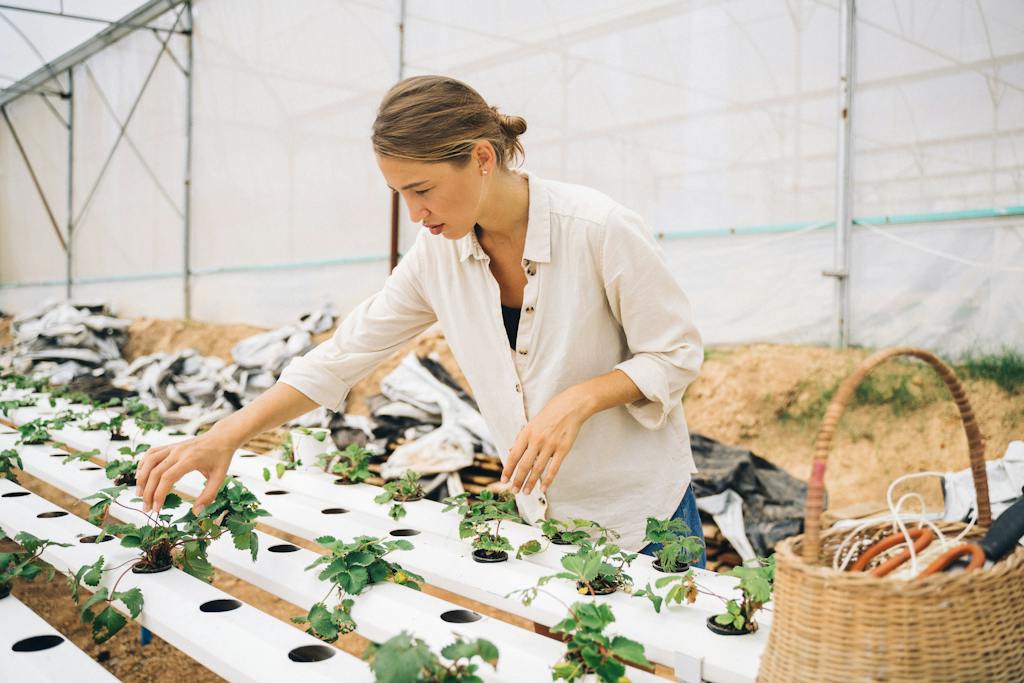
Identifying the Indicators of Underwatering in Hydroponic Plants
Underwatering is a common issue that can have detrimental effects on hydroponic plants. By understanding the indicators of underwatering, gardeners can take proactive steps to ensure the health and vigor of their plants. One of the key signs of underwatering is wilting. When plants do not receive enough water, they are unable to maintain turgidity, resulting in drooping or wilting leaves. It is important to note that wilting can also be caused by other factors such as nutrient deficiencies or root diseases, so it is essential to consider all possible causes before concluding that the plants are underwatered.
Another indicator of underwatering is the dryness of the growing medium. In hydroponics, plant roots rely on the nutrient solution for both water and essential nutrients. If the growing medium is consistently dry and the plants do not receive enough moisture, it may be a clear signal of underwatering. Gardeners can check the moisture level by gently inserting a finger into the growing medium or using a moisture meter to determine if additional watering is necessary. However, it is crucial to strike a balance as excessive watering can be just as detrimental to the plants as underwatering. By being attentive to these indicators, gardeners can effectively identify underwatering in hydroponic plants and take appropriate measures to rectify the situation.
Effective Techniques for Avoiding Underwatering in Hydroponics
One of the key challenges in hydroponic gardening is avoiding underwatering, as it can have detrimental effects on plant growth and overall yield. To ensure the optimal health and development of your hydroponic plants, it is essential to implement effective techniques that prevent them from experiencing water scarcity.
First and foremost, maintaining a consistent watering schedule is crucial. Hydroponic systems often require more frequent watering than traditional soil-based methods, as the plants rely on the nutrient-rich water solution for their growth. Regularly monitoring the moisture levels of the growing medium is therefore essential. This can be done by utilizing a moisture meter or simply observing the weight and appearance of the growing media. Additionally, adjusting the watering schedule according to the specific requirements of different plants is vital, as some may need more water than others. By taking these steps, you can prevent underwatering and ensure that your hydroponic plants have a sufficient water supply for optimal growth.
Choosing the Right Watering Schedule for Hydroponic Plants
Hydroponic plants rely on a carefully designed watering schedule to thrive and produce optimal yields. Determining the right watering schedule requires a deep understanding of the plant’s water needs, as well as the environmental factors that influence water absorption and evaporation. Factors such as plant type, growth stage, temperature, humidity, and light intensity all play a crucial role in determining the frequency and duration of watering sessions.
To establish an effective watering schedule for hydroponic plants, it is important to consider the specific needs of each plant variety. Different plants have varying water requirements based on their size, root structure, and growth rate. For example, leafy greens like lettuce or spinach generally have higher water needs compared to fruiting crops such as tomatoes or peppers. Consulting reliable resources like plant-specific guides, hydroponic handbooks, or seeking advice from experienced hydroponic growers can help determine the specific watering needs for different plant varieties.
Additionally, the growth stage of the plants is a key factor in setting the watering schedule. Young seedlings and newly transplanted plants may require more frequent watering to ensure proper establishment and development of their root systems. As the plants mature, their watering needs may change, and it is crucial to adjust the watering schedule accordingly to prevent over or underwatering. Monitoring plant growth and observing visual cues, such as wilted leaves or signs of nutrient deficiencies, can help identify when adjustments to the watering regimen are necessary.
Remember, finding the right watering schedule for hydroponic plants is not a one-size-fits-all approach. It requires careful observation, experimentation, and adjustment based on the specific needs of each plant variety and the prevailing environmental conditions. By taking the time to understand the unique requirements of your hydroponic setup and plants, you can ensure optimal water uptake, promote healthy growth, and ultimately harvest bountiful yields.
Monitoring and Adjusting Nutrient Solution Levels to Prevent Over and Underwatering
Monitoring and adjusting nutrient solution levels is crucial in preventing both over and underwatering in hydroponic systems. By closely monitoring the nutrient solution, gardeners can ensure that plants receive the optimal amount of water and nutrients they need for healthy growth.
One effective method of monitoring nutrient solution levels is through the use of electrical conductivity (EC) meters. These meters measure the concentration of salts in the solution, providing a reliable indication of nutrient levels. By regularly measuring the EC of the solution and comparing it to recommended ranges for specific plant species, gardeners can ensure that their plants are receiving adequate nutrients without being over or underwatered.
In addition to EC meters, pH meters can also be used to monitor and adjust nutrient solution levels. pH is a measure of acidity or alkalinity, and maintaining the correct pH range is crucial for nutrient availability to plants. Most hydroponic plants thrive within a pH range of 5.5 to 6.5, but this can vary depending on the plant species. Regularly monitoring and adjusting the pH of the nutrient solution helps to prevent nutrient lockout and ensures that plants can effectively absorb the necessary nutrients.
By utilizing these monitoring tools and regularly adjusting the nutrient solution levels, gardeners can prevent the risks of over and underwatering in hydroponic systems. This ensures that plants receive the optimal amount of water and nutrients, leading to healthy growth and abundant yields.
Proper Drainage Systems for Maintaining Optimal Water Levels in Hydroponics
Proper drainage systems are essential in maintaining optimal water levels in hydroponics. In a hydroponic system, plants are grown in a soilless medium, where their roots are constantly exposed to a nutrient-rich water solution. However, if the water is not properly drained, it can result in problems such as waterlogging and root rot.
Waterlogging occurs when excess water accumulates around the roots, depriving them of essential oxygen. This can lead to stunted growth, yellowing leaves, and even plant death. Root rot, on the other hand, is a condition caused by fungal or bacterial pathogens that thrive in wet, oxygen-deprived environments. It can quickly spread throughout the entire system, affecting the health and productivity of your plants.
To avoid these issues, it is crucial to implement proper drainage systems in hydroponics. One commonly used method is the use of grow trays or containers with drainage holes. These holes allow excess water to escape, preventing it from pooling around the roots. Additionally, maintaining the right balance between watering frequency and duration is key. Overwatering should be avoided, as it can lead to waterlogging, while underwatering can deprive plants of essential nutrients and hinder their growth.
Ensuring proper drainage also involves regular maintenance and monitoring. It is important to regularly inspect the system for any clogs or blockages in the drainage holes and pipes. Cleaning and unclogging these areas will help maintain optimal water flow and prevent water accumulation.
By implementing effective drainage systems and monitoring them regularly, hydroponic growers can maintain the ideal water levels that promote healthy plant growth and prevent the detrimental effects of waterlogging and root rot.
• Proper drainage systems are crucial for maintaining optimal water levels in hydroponics.
• Waterlogging can occur when excess water accumulates around the roots, depriving them of oxygen.
• Root rot is a condition caused by fungal or bacterial pathogens that thrive in wet, oxygen-deprived environments.
• Grow trays or containers with drainage holes are commonly used to allow excess water to escape and prevent pooling around the roots.
• Balancing watering frequency and duration is essential to avoid overwatering or underwatering.
• Regular maintenance and monitoring of the system is important to check for clogs or blockages in drainage holes and pipes.
• Cleaning and unclogging these areas will help maintain optimal water flow and prevent water accumulation.

The Role of Humidity in Hydroponic Plant Watering
Humidity plays a crucial role in hydroponic plant watering as it directly affects the moisture level in the growing environment. Maintaining the right humidity levels is essential for the overall health and development of the plants.
High humidity can lead to excess moisture in the air and increase the risk of fungal diseases, such as powdery mildew or botrytis. These diseases thrive in damp conditions, and if left unchecked, can significantly damage crops. It is important to monitor and control humidity levels to minimize the risk of these diseases and ensure optimal plant growth.
On the other hand, low humidity can cause plants to lose moisture through transpiration at a faster rate. This can result in dehydration, wilting, and stunted growth. In addition, low humidity can also increase the risk of pests infestation, as some pests prefer drier conditions. Therefore, maintaining an appropriate level of humidity is crucial to create a healthy and productive hydroponic system.
One effective way to monitor and regulate humidity is by using a hygrometer, which can provide accurate readings of the moisture content in the air. Based on these readings, adjustments can be made to maintain the desired humidity levels. Additionally, incorporating proper airflow and ventilation systems in the grow area can help control humidity by allowing excess moisture to escape and fresh air to circulate.
By understanding and managing the role of humidity in hydroponic plant watering, growers can ensure a balanced and optimal growing environment for their plants.
Optimizing Watering Techniques for Different Hydroponic Systems
Hydroponic systems offer a versatile and efficient method of cultivating plants, but optimizing watering techniques for different systems is crucial for achieving optimal growth and yields. Whether you are working with a flood and drain system, a nutrient film technique (NFT) system, or a drip irrigation system, understanding the specific watering needs of your plants is essential for their success.
One key consideration when optimizing watering techniques is the type of hydroponic medium being used. For example, in a flood and drain system where plants are grown in containers filled with an inert medium like perlite or coco coir, it is important to ensure that the medium is sufficiently soaked during watering cycles and then allowed to drain properly. This allows for the delivery of oxygen to the roots and prevents waterlogging, which can lead to root rot and other issues.
In contrast, NFT systems rely on a thin film of nutrient solution flowing over the roots, ensuring continuous hydration while providing ample oxygenation. Care must be taken to maintain the appropriate flow rate and nutrient solution levels to prevent under or overwatering. Similarly, drip irrigation systems require precise calibration of the flow rate to deliver water directly to the root zone without causing saturation.
By understanding the specific watering needs of different hydroponic systems, gardeners can fine-tune their techniques to ensure optimal hydration for their plants. Regular monitoring of moisture levels, nutrient solution pH, and electrical conductivity can provide valuable insights into the watering needs of the plants. Additionally, incorporating sensors and automation technologies can help maintain consistent moisture levels and prevent over or underwatering.
Remember that optimizing watering techniques in hydroponics goes beyond simply providing plants with water. It involves understanding the nuances of each system, the moisture requirements of specific plants, and utilizing technology and monitoring tools to ensure precise and efficient watering. By committing to these practices, hydroponic gardeners can maximize plant health and productivity in their systems.
| Hydroponic System | Optimized Watering Technique |
|---|---|
| Deep Water Culture (DWC) | Maintain a constant water level in the reservoir, ensuring roots are submerged while providing adequate oxygenation through air stones or air pumps. Monitor and adjust nutrient solution levels regularly to maintain proper nutrient concentrations. |
| Nutrient Film Technique (NFT) | Maintain a thin film of nutrient solution flowing over the roots. Ensure the flow rate is sufficient to deliver nutrients while avoiding excessive accumulation or drying out of the roots. Regularly monitor pH and EC levels to maintain optimal nutrient uptake. |
| Ebb and Flow (Flood and Drain) | Periodically flood the grow tray with nutrient solution and then allow it to drain back into the reservoir. Use a timer to control flooding intervals based on plant needs and environmental conditions. Ensure proper drainage to prevent waterlogging and root rot. |
| Aeroponics | Use misting nozzles or sprayers to deliver a fine mist of nutrient solution directly to the roots. Maintain a consistent misting schedule to ensure roots remain hydrated while allowing for adequate oxygenation. Monitor nutrient solution levels and pH regularly to prevent clogging and ensure optimal nutrient uptake. |
| Wick System | Utilize wicks to passively draw nutrient solution from a reservoir into the growing medium, ensuring roots have access to water and nutrients. Choose an appropriate wicking material based on its ability to maintain moisture levels and avoid over-saturation. Monitor reservoir levels to ensure consistent wicking action. |
| Vertical Hydroponic Systems | Implement drip irrigation or micro-sprinklers to deliver water and nutrients to plants at different levels of the vertical setup. Ensure even distribution of water throughout the system to prevent over- or under-watering of plants at various heights. Monitor pH, EC, and moisture levels to adjust watering schedules and nutrient concentrations accordingly. |
Utilizing Technology and Automation to Ensure Proper Watering in Hydroponics
Automation has revolutionized many industries, and hydroponics is no exception. Utilizing technology and automation can greatly enhance the efficiency and effectiveness of proper watering in hydroponics. By implementing automated systems, gardeners and hydroponic enthusiasts can ensure that their plants receive the optimal amount of water at the right time, leading to healthier and more vigorous growth.
One of the key benefits of using technology in hydroponics is the ability to monitor and control watering parameters with precision. Automated systems can be programmed to deliver water in specific quantities and at specific intervals, eliminating the risk of human error. This ensures that plants receive an adequate supply of water without the risk of overwatering or underwatering. Sensors can be used to detect moisture levels in the growing medium, allowing the system to adjust watering accordingly. With the ability to fine-tune watering schedules and volumes, automation takes the guesswork out of watering and provides plants with the optimal growing conditions they need to thrive.
| Technology/Automation | Description |
|---|---|
| Automated Irrigation Systems | These systems use sensors to detect moisture levels in the hydroponic system and automatically deliver water when needed. They can be programmed to deliver specific amounts of water at set intervals, ensuring plants receive consistent hydration. |
| pH and EC Monitoring Systems | pH and EC (Electrical Conductivity) are crucial factors in hydroponic systems. Monitoring systems continuously measure these parameters and adjust nutrient solutions accordingly to maintain optimal growing conditions for plants. |
| Drip Irrigation Systems | Drip irrigation systems deliver water directly to the roots of plants, minimizing water waste and ensuring efficient hydration. They can be automated to deliver precise amounts of water, reducing manual labor and ensuring uniform watering throughout the system. |
| Nutrient Delivery Systems | Automated nutrient delivery systems precisely mix and deliver nutrient solutions to hydroponic plants. They can be programmed to adjust nutrient concentrations based on plant growth stages and environmental conditions, optimizing plant health and growth. |
| Remote Monitoring and Control Systems | These systems allow growers to monitor and control hydroponic systems remotely via smartphones or computers. They provide real-time data on environmental conditions, nutrient levels, and system performance, enabling growers to make timely adjustments and troubleshoot issues from anywhere. |
| Timers and Controllers | Timers and controllers automate the operation of pumps, lights, and other equipment in hydroponic systems. They allow growers to schedule watering cycles, adjust lighting schedules, and manage other aspects of the growing environment, enhancing efficiency and consistency. |
| Sensor-based Feedback Systems | Sensor-based feedback systems use data from various sensors (e.g., moisture sensors, temperature sensors, light sensors) to provide feedback on environmental conditions and plant health. This information helps growers optimize growing conditions, prevent nutrient deficiencies, and identify potential problems early on. |
Troubleshooting Common Watering Issues in Hydroponic Cultivation
Hydroponic cultivation offers numerous benefits, including efficient nutrient uptake, controlled environments, and higher yields. However, like any gardening method, hydroponics can present its own set of challenges, particularly when it comes to watering. Troubleshooting common watering issues in hydroponic cultivation is crucial to ensure the optimal growth and health of your plants.
One common problem that hydroponic growers encounter is overwatering. This occurs when plants receive more water than they need, leading to root suffocation and reduced oxygen availability. Symptoms of overwatering may include yellowing leaves, wilting, stunted growth, and the presence of root rot. To address this issue, it is essential to establish a proper watering schedule based on the specific needs of your plants and the environmental conditions of your system. Additionally, ensuring adequate drainage and implementing techniques such as top-watering and drying periods can help prevent overwatering in hydroponic systems. By carefully monitoring the moisture content of your growing media and adjusting your watering practices accordingly, you can avoid detrimental consequences associated with overwatering.
Another issue that hydroponic growers may face is underwatering, which occurs when plants do not receive enough water to meet their needs. This can lead to dehydration, nutrient deficiencies, and stunted growth. Recognizing the signs of underwatering is crucial in addressing this problem promptly. Wilting, dry or crispy leaves, and slow growth are common indicators. To avoid underwatering, it is essential to establish a proper watering regime that takes into account factors such as the plant’s water requirements, environmental conditions, and the capacity of your hydroponic system. Implementing strategies such as automated watering systems or moisture sensors can help maintain optimal moisture levels and prevent underwatering in your hydroponic cultivation. By providing sufficient water to meet the needs of your plants, you can ensure their healthy development and maximize your yields in hydroponics.
The Importance of Regularly Inspecting and Maintaining Hydroponic Watering Systems
Regular inspection and maintenance of hydroponic watering systems is of utmost importance to ensure the health and productivity of your plants. By regularly monitoring and maintaining these systems, you can prevent potential issues that may arise from improperly functioning equipment or inadequate watering techniques.
One significant reason to regularly inspect and maintain hydroponic watering systems is to avoid overwatering or underwatering your plants. Both of these extremes can have detrimental effects on plant growth and overall crop yield. Overwatering can lead to root rot, nutrient deficiencies, and the proliferation of harmful pathogens, while underwatering can cause stunted growth, wilting, and decreased nutrient uptake.
Moreover, by inspecting and maintaining your watering systems, you can address issues such as clogged drippers, damaged pipes, or malfunctioning pumps promptly. These problems can disrupt the delivery of water and nutrients to your plants, leading to inconsistent growth and diminished yields. Regular maintenance will allow you to identify and rectify any faults before they escalate into more severe problems.
Regularly inspecting and maintaining hydroponic watering systems demonstrates your commitment to plant care and can significantly improve the success of your cultivation endeavors. In the next section, we will explore some key techniques and practices for effectively inspecting and maintaining these critical components of your hydroponic system.
How often should I inspect and maintain my hydroponic watering system?
It is recommended to inspect and maintain your hydroponic watering system on a regular basis, ideally every week or two.
What are the potential consequences of not regularly inspecting and maintaining my hydroponic watering system?
Neglecting regular inspections and maintenance can lead to issues such as clogged lines, nutrient imbalances, and inconsistent water levels, which can negatively impact plant growth and overall system performance.
How can I identify if my hydroponic plants are being overwatered?
Signs of overwatering in hydroponic systems include wilting, yellowing leaves, root rot, and a foul odor. These indicators suggest that the plants are not receiving enough oxygen due to excessive water.
What techniques can I use to avoid overwatering in hydroponics?
To prevent overwatering, consider using a well-draining growing medium, monitoring water levels, implementing a proper drainage system, and adjusting watering schedules based on plant needs.
How do I know if my hydroponic plants are experiencing underwatering?
Indicators of underwatering in hydroponic plants include drooping leaves, slow growth, and dry root systems. These signs suggest that the plants are not receiving enough water for proper hydration.
What are some effective techniques to avoid underwatering in hydroponics?
To prevent underwatering, ensure proper water delivery through regular inspections, adjust watering schedules as needed, and consider implementing automated watering systems with sensors to maintain optimal moisture levels.
How do I determine the right watering schedule for my hydroponic plants?
The ideal watering schedule for hydroponic plants depends on factors such as plant type, growth stage, temperature, and humidity. It is recommended to research the specific watering requirements for the plants you are growing.
How can I monitor and adjust nutrient solution levels to prevent over and underwatering?
Regularly testing and adjusting the nutrient solution’s pH and electrical conductivity (EC) levels can help maintain proper water and nutrient balance, preventing both over and underwatering.
What role does humidity play in hydroponic plant watering?
Humidity levels affect the rate of evaporation and transpiration in hydroponic systems. Monitoring and adjusting humidity levels can help prevent both over and underwatering by ensuring the right amount of moisture in the air surrounding the plants.
How can I troubleshoot common watering issues in hydroponic cultivation?
Common watering issues in hydroponics can be addressed by checking for clogged lines, adjusting water flow rates, ensuring proper drainage, and monitoring nutrient solution levels.
How can technology and automation help ensure proper watering in hydroponics?
Technology and automation tools, such as water level sensors, timers, and automatic irrigation systems, can help maintain consistent and precise watering schedules, reducing the risk of over and underwatering.
Why is it important to regularly inspect and maintain hydroponic watering systems?
Regular inspections and maintenance of hydroponic watering systems are crucial to prevent issues like over and underwatering, nutrient imbalances, and system malfunctions. This ensures optimal plant growth, health, and overall system efficiency.

Ankit Garg is a seasoned writer at South El Monte Hydroponics, blending his passion for agriculture with a penchant for storytelling. With a degree in Agricultural Sciences from a prestigious institution, Ankit’s expertise lies in hydroponics, sustainable farming, and innovative cultivation techniques. His keen interest in exploring the intersection of technology and agriculture has led him to delve deep into the realm of hydroponic farming, where he thrives in uncovering the latest advancements and sharing insights through his engaging prose. Ankit’s dedication to promoting eco-friendly and efficient farming practices through his writing has earned him recognition within the agricultural community and beyond.

